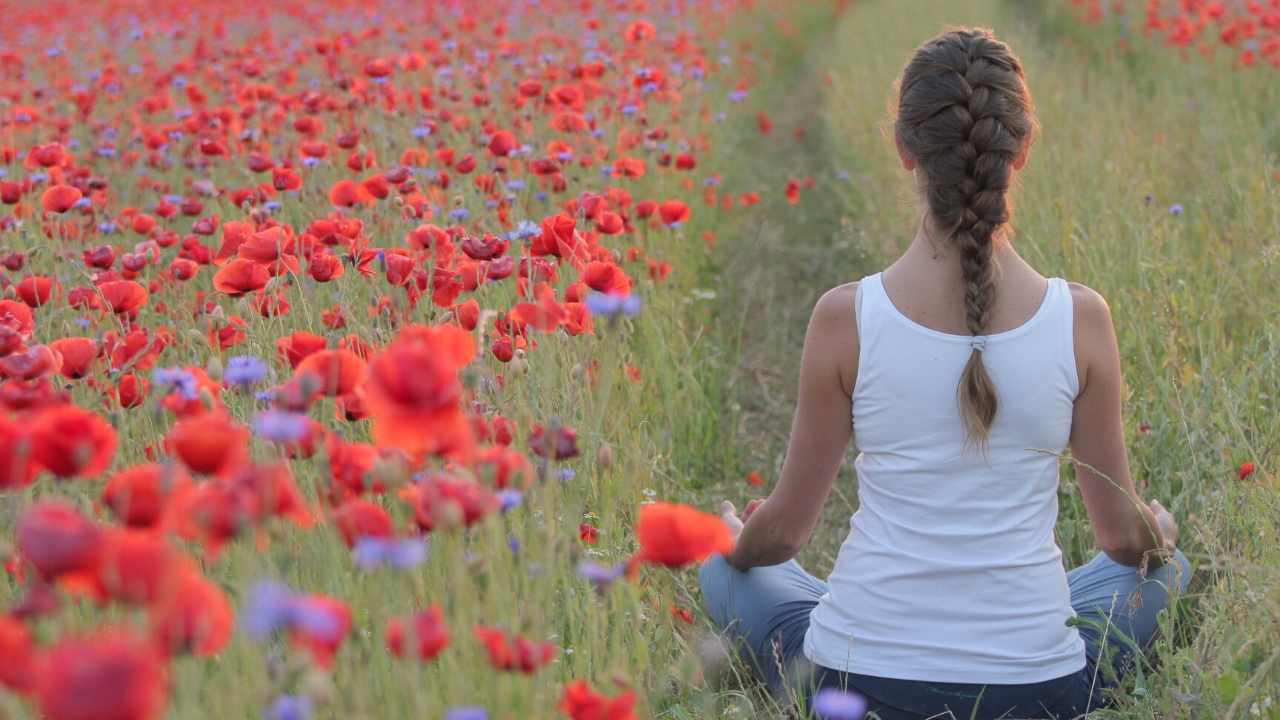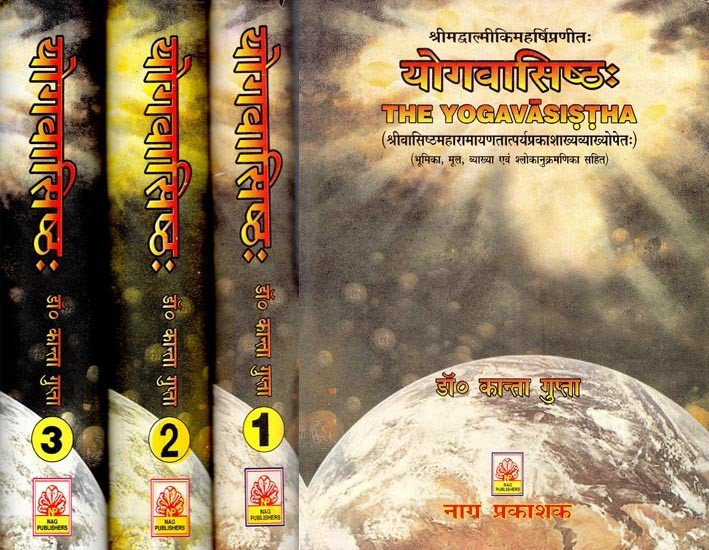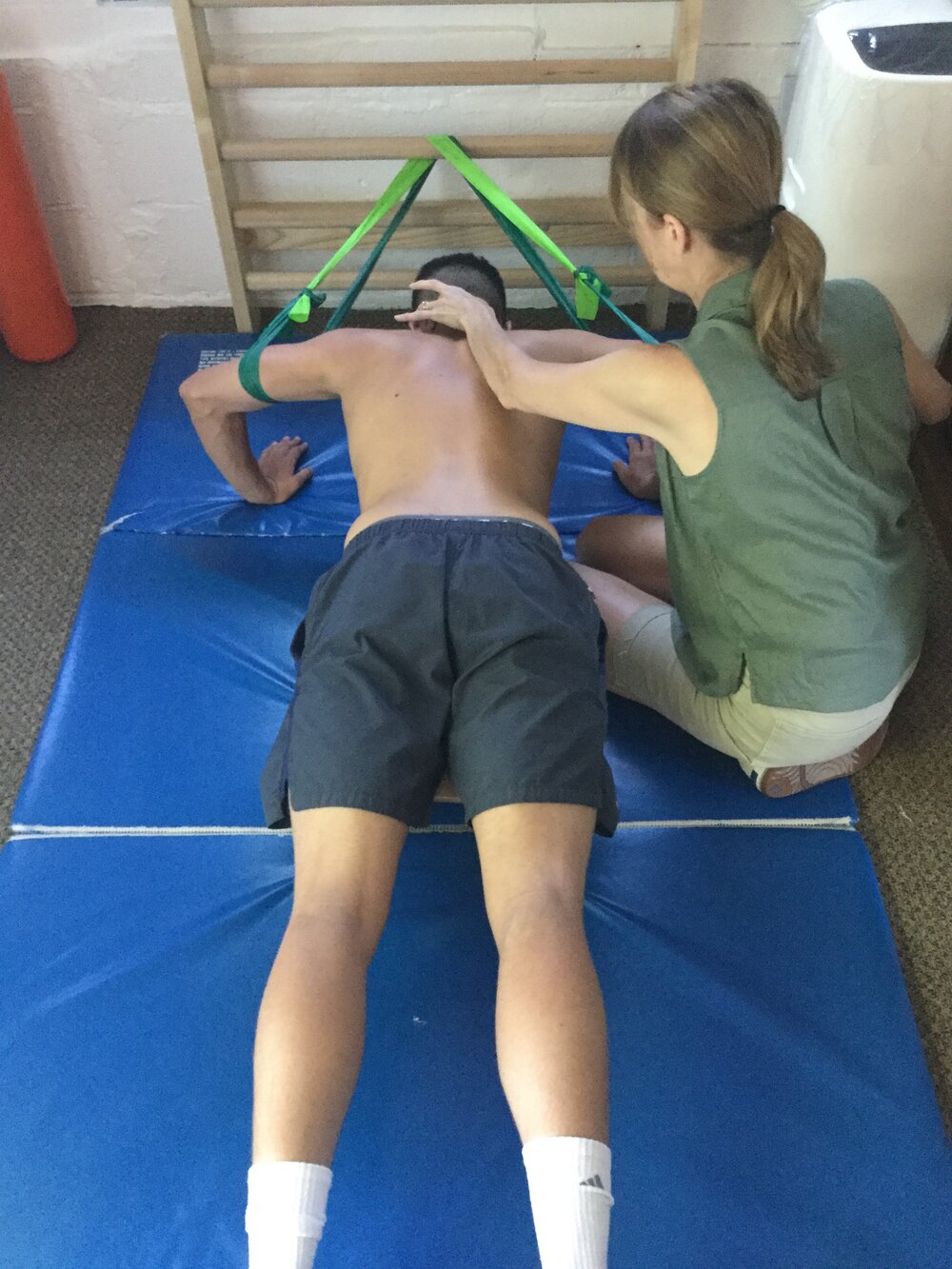
The sacred spiritual symbol Om comes in many different meanings. Its definition varies based on school and tradition. Om is a symbol of deep spiritual meaning. It's an empowering spiritual mantra that symbolizes the omnipotent. This word is universally familiar to all religions, including Hinduism, Buddhism, and Muslims.
'Aa-uu-umm'
'Aau-uu-ummm’ is a sound that's pronounced in Hawaiian languages. This is the first sound in the phrase 'Ittmaarrrr-rua-nnnnn'. It is the result of the combination of two words, piraarttnnm & mntirvaatikll.
'Om Tat Sa'
Om Tat Sat refers a grouping of three Sanskrit prayers that can be found within verse 17.23 in the Bhagavadgita. These mantras are believed to bring inner peace and happiness.
'Om'
Om is a sacred symbol of spirituality in the Indic religions. Its meaning and connotations vary depending on tradition and school. However, Om has the same basic meaning as the word: A desire to be free.

Hinduism: 'Om'
The sacred word Om is used in Indian religions. Its meaning and connotations vary depending on tradition and school. However, whatever its meaning may be 'Om' represents the spiritual symbol which transcends all boundaries.
Other religions may use the word "Om".
The word Om has many meanings and is used throughout many different religions. It is an important symbol in Hinduism and Buddhism, and it is also used in Hinduism. In some religions, Om is used to pray for gods. The Buddhist tradition of Om uses the word Om to pray to gods in various religious ceremonies.
Turkish literature uses the word "Om"
The word 'Om' is a key element in Turkish literature. It can have many meanings and is a key symbol of Turkish culture. It is used in a number of ways throughout the language, from poetry to fiction. Here are some examples.
"Om" in yoga
The Om symbol is one of the most recognizable symbols in yoga. You may see it on your yoga mat, t-shirt, or studio walls. It could even be a tattoo on your lower back. It is a symbol that signifies the fourth state of consciousness, which is somewhere in between the three basic states. The Om also links to the sixth chakra and seventh chakra.
'Om' as a mantra
For spiritual practice, it can be very helpful to chant the Om syllable. It creates vibrations in the body that make the practitioner happier, and also strengthens the connection to the divine. You can use Om in meditation without having to be a member of any religion. However, it is important to know where it originated and how to use it respectfully.

"Om" as a symbol
Om is the sacred symbol of unity within Hindu mythology. It is a primordial sound and a divine sound. It is used often at the end and beginning of Vedic scriptures. It symbolises the union or mind and spirit and links us to higher levels of spiritual awakening.
As a spiritual practice, 'Om"
The meaning of Om is multifaceted, with links to both Buddhism and Jainism. It's a Buddhist term that refers compassion and connection. In Jainism it refers to the PancaParamesthi (five supreme beings). Om represents the conscious waking, unconscious, and dream states. The semicircle on the top represents the maya state, which is a common obstacle to spiritual development. The dot on the opposite side represents the absolute or highest state of consciousness, which is called the state that is beyond all comprehension.
FAQ
Do I have to be flexible to do yoga?
It depends on what kind of yoga you choose. Some yoga styles require flexibility while others emphasize muscle strength.
Different styles of yoga require different levels of flexibility. Beginners may need to only stretch their arms overhead. Whereas intermediate practitioners may need to bend forward and touch their toes. Advanced practitioners may need to perform deep twists and bends.
Who would most benefit from yoga practice?
Yoga is aimed at people who desire to live a healthier and happier life. People who seek to improve their balance, flexibility and posture.
In addition, they may also want to lose weight or gain muscle mass. They might be interested in reducing stress, anxiety, or achieving peace of thought.
These people have disabilities such as arthritis, back pain, diabetes and heart disease. For these people, yoga is particularly beneficial.
There are many kinds of yoga.
Bikram Yoga (Bikram Heated) is the most popular form of yoga. Other forms include Hatha, Ashtanga, Vinyasa, Iyengar, Kundalini, Yin, Power Yoga, Flow Yoga, Reiki, Pilates, Restorative, Aerial, etc.
What are the differences in Hatha, Ashtanga and Vinyasa Yoga, Power Yoga, Kripalu or Bikram? ?
There are many styles of yoga. Each offers its unique approach to achieving balance in our lives.
Some of the most popular forms of yoga include:
Hatha - This includes stretching and poses that emphasize core strength and flexibility.
Ashtanga- Slow-paced movements that increase strength and stamina are the focus of Ashtanga.
Vinyasa - This type of yoga incorporates fast-flowing sequences that allow you to breathe deeply.
Power – A form of power-yoga that features more difficult moves.
Kripla - One of the oldest forms and traditions of yoga, Kripla dates back thousands of year.
Bikram-This type of yoga can only be done in heated areas.
Is there a yoga class for people with special needs or disabilities?
Yes, yoga studios offer specialized classes for people with disabilities. These include:
-
People with disabilities that are physically challenged who wish to improve the quality of their posture
-
People with limited mobility
-
Individuals suffering from arthritis
-
Those recovering from injuries
-
The elderly
If you know someone who would benefit from these classes, encourage them to join.
Statistics
- According to calorie estimates calculated at Harvard Medical School, the average 125-pound person burns about 120 calories in a half hour of hatha yoga, and a 185-pound person burns about 178 calories in that half hour. (everydayhealth.com)
- Lock in 25% off your Founding Member rate. (corepoweryoga.com)
- In comparison, a 125-pound person is estimated to burn 135 calories in 30 minutes of walking (at a pace of 15-minute miles) and 210 calories bicycling at a moderate pace on a stationary bike. (everydayhealth.com)
- Gentle yoga has been shown to ease some of the discomforts of tender, swollen joints for people with arthritis, according to a Johns Hopkins review of 11 recent studies. (hopkinsmedicine.org)
- About one in seven U.S. adults practiced yoga in the past 12 months, according to a 2017 national survey. (nccih.nih.gov)
External Links
How To
Yoga is a good exercise?
Yoga isn't for people who just want to lose weight. Yoga helps you to develop flexibility, balance coordination, strength and calmness.
Yoga is more than just exercise. It's also an art form. The poses are used as a way to relax and meditate. They help us to improve our posture, concentration, and breathing.
A "yogi" is someone who practices yoga. Yogis follow various forms of yoga, including Hatha, Ashtanga, Iyengar, Vinyasa, Bikram, Kundalini, Yin Yang, and Restorative.
There are many types and styles of yoga. But they all share similar goals. Each type is focused on different aspects. Some yoga styles include meditation, pranayama, and Hatha.
These yoga moves don't require any equipment
-
Sun Salutation - This series of 12 postures starts with a forward bend, followed by 10 other poses.
-
Warrior pose - This is when you hold a stick or a staff and take a warrior's pose.
-
Triangle Pose – To achieve this pose, you need to raise one leg and then bend at the knee.
-
Standing Forward Bend: This pose involves sitting straight up on the ground and folding forward at your waist.
-
Seated Twist - This pose is performed while seated on a chair or mat.
-
Cobra Pose: This position is done lying on your back, arms raised.
-
Child's Pose – This is the position where you lie face-up on the ground.
-
Cat/Cow Pose (Cat/Cow Pose) - This combination is similar to a cow or cat pose. As you lie face down, lift your upper body off of the ground. Place your hands on your shoulders and roll over to the side.
-
Head Tilt--This pose requires that you tilt your head back with your eyes closed.
-
Shoulder stand - This position involves standing straight up with your arms and feet raised above the head.
-
Tree Pose – This is a pose where you kneel on your knees and place your hands underneath your shoulders.
-
Bow Pose – Bend forward from the hips to complete this pose. Then, place your palms on top of the ground and bend forward.
-
Corpse Pose – This pose can be held for up to five minutes.
-
Mountain Pose: This pose is known as mountain pose, because it requires you to stand tall and keep your spine straight.
-
Legs up the Wall Pose: This pose requires that you hang upside-down on a wall.
-
Side Angle Pose -- This pose requires you to lean against a wall and place your right arm in front of the wall.
-
Plank Position- When you lie on your stomach and extend your left hand and right foot apart, you can achieve this position.
-
Bridge Pose - This pose is obtained by balancing on your elbows and toes.
-
Reverse Table Top Pose: This is when you lie on your stomach and extend your arms towards the ceiling.
-
Handstand: This pose requires balance as well as strength. This pose requires you to hold on to two walls or a doorframe.
-
Half Moon Pose also known as Hero Pose. It is performed by standing on your hands and toes.
-
Headstand (or Hold) - This requires strength and balance. This pose is possible on a brick wall or on a doorframe.
-
Forearm Balance – This is a pose where your forearms rest on a tabletop.
-
Spinal Twist- This pose involves lying on your belly and reaching your arms.
-
Supported Bound Angle Pose - This pose requires balance and support. For support, use a beam or tree branch to help you balance.
-
Wide Leg Forward - This position involves extending your legs and touching your toes.
-
Single Pigeon Pose-This pose is very similar to the wide leg forward folded, but only has one leg.
-
Extended Puppy Dog Poses-This pose is extremely relaxing. It involves extending your legs outward and bent your knees.
-
The Forward Bend pose involves bending forward and squatting cross-legged.
-
Crow Pose - Although this pose is hard to do, it can be extremely rewarding once mastered. To do it, raise your arms up above your head while lowering your arms to the floor.